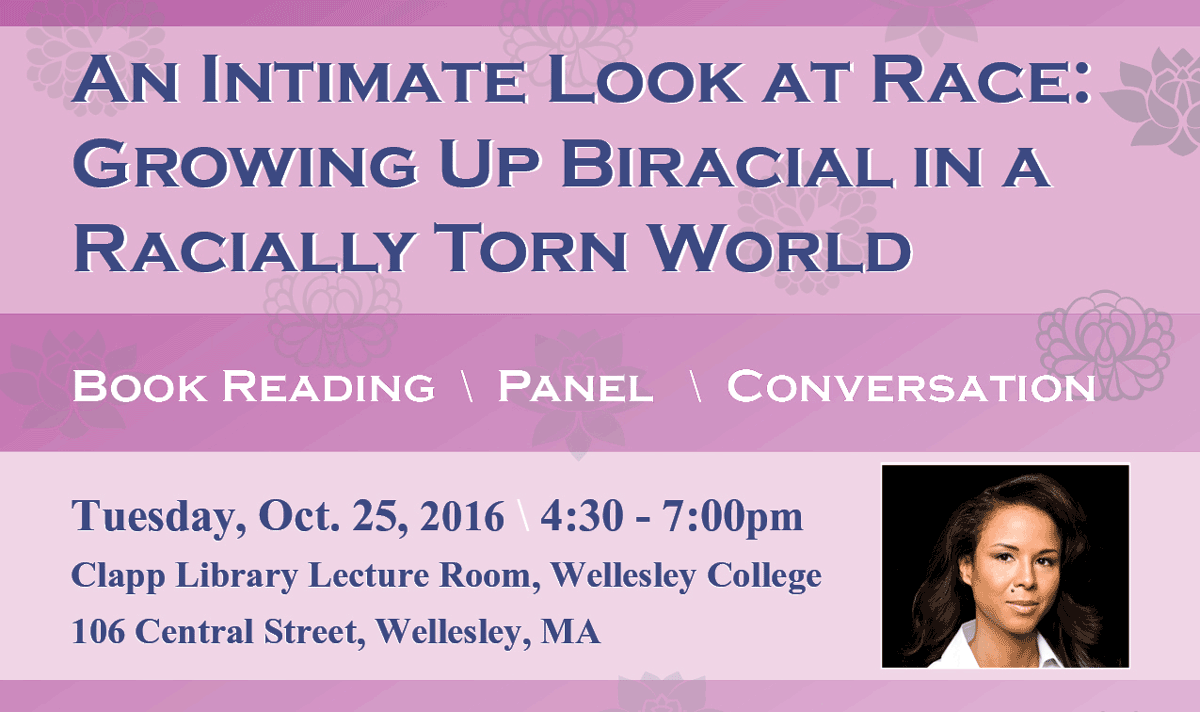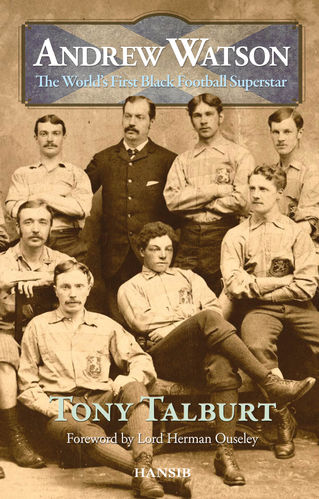Creating the Ideal Mexican: 20th and 21st Century Racial and National Identity Discourses in OaxacaPosted in Anthropology, Caribbean/Latin America, Definitions, History, Media Archive, Mexico on 2016-10-22 20:38Z by Steven |
Creating the Ideal Mexican: 20th and 21st Century Racial and National Identity Discourses in Oaxaca
University of Massachusetts, Amherst
September 2015
235 pages
Savannah N. Carroll
Submitted to the Graduate School of the University of Massachusetts Amherst in partial fulfillment of the requirements for the degree of Doctor of Philosophy
This investigation intends to uncover past and contemporary socioeconomic significance of being a racial other in Oaxaca, Mexico and its relevance in shaping Mexican national identity. The project has two purposes: first, to analyze activities and observations of cultural missionaries in Oaxaca during the 1920s and 1930s, and second to relate these findings to historical and present implications of blackness in an Afro-Mexican community. Cultural missionaries were appointed by the Secretary of Public Education (SEP) to create schools throughout Mexico, focusing on the modernization of marginalized communities through formal and social education. This initiative was intended to resolve socioeconomic disparities and incorporate sectors of the population into the national framework that had been excluded prior to the Mexican Revolution in 1910. While these efforts were predominantly implemented in indigenous communities located in the northern part of Oaxaca, observations from cultural missionaries related to social and educational conditions reveal ongoing disparities between what it means to be indigenous versus mestizo. The exclusion of moreno, or Afro-descended people from this state sponsored initiative indicates that blackness along with indigenity is otherized, with the primary difference being that Afro-descended Mexicans lack visibility.
To gain a better perspective of the historical and present significance of blackness, my project moves from the general to the specific to include José Maria Morelos, Oaxaca, an Afro-descended community that is isolated, has no tourist attractions or services, dirt roads, and little access to socioeconomic resources. Morelos was established by blacks who escaped slavery and lived independently in their own community. People in the town strongly identify with this history and its relation to their present condition. After speaking with local activists, it became apparent that rights that were supposed to be gained from the Mexican Revolution, such as land rights and public education, did not happen in Morelos, which adversely affects people’s prospects for socioeconomic advancement.
Read the entire dissertation here.





